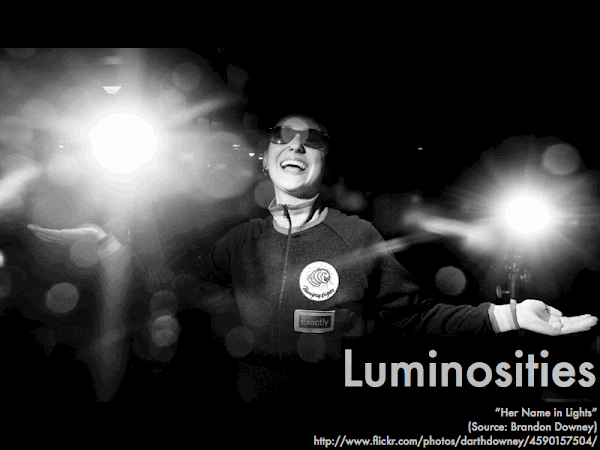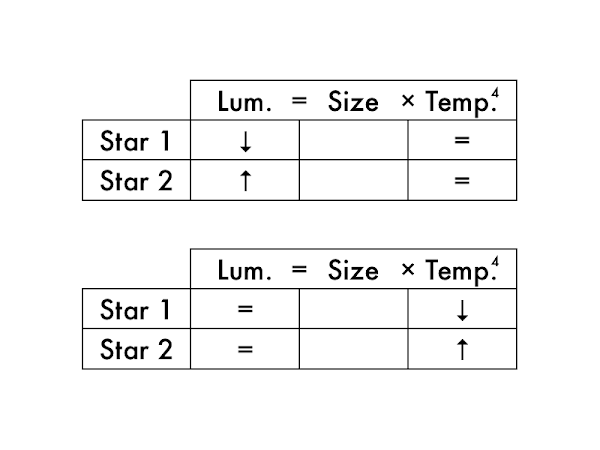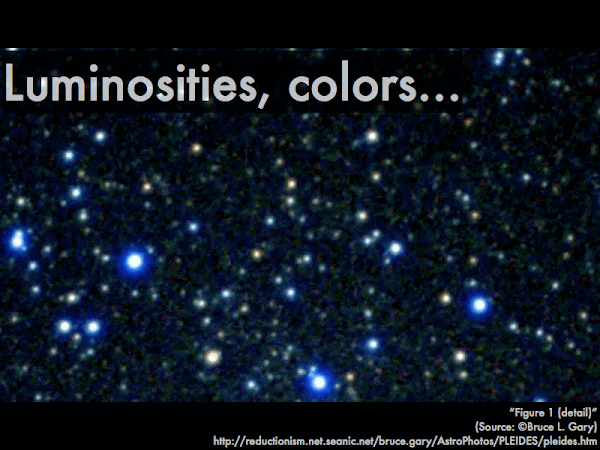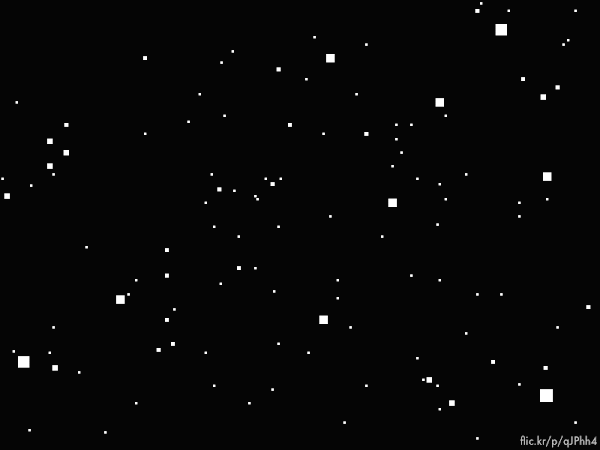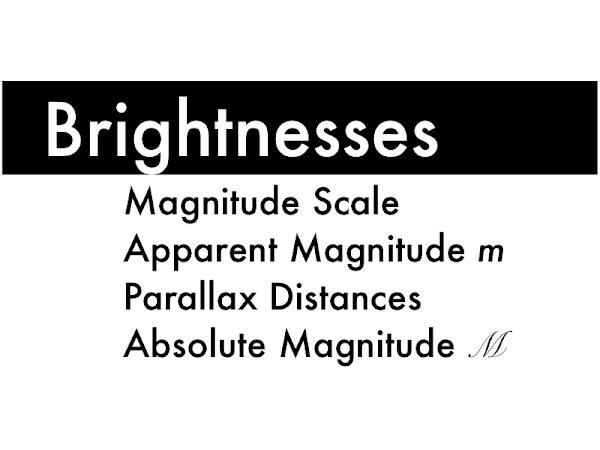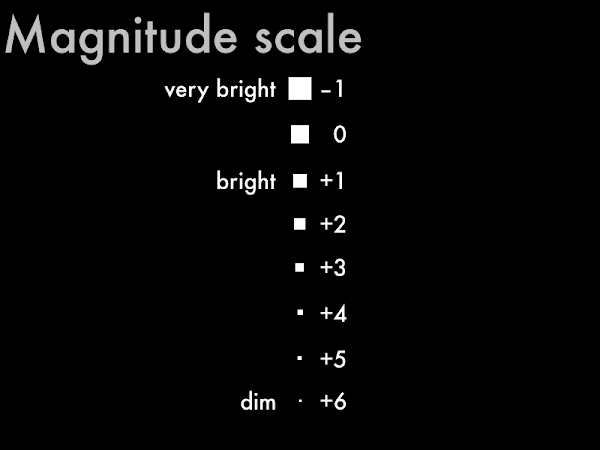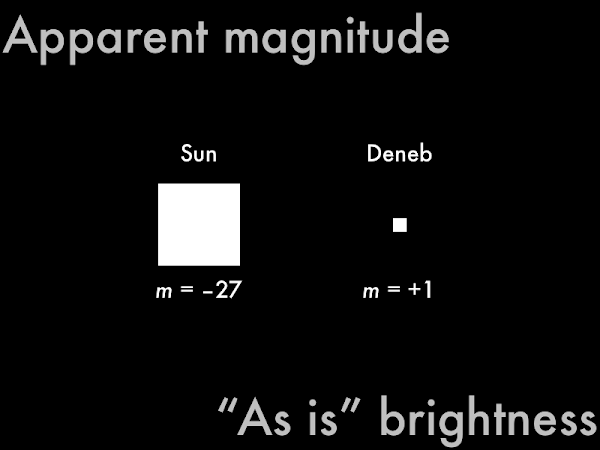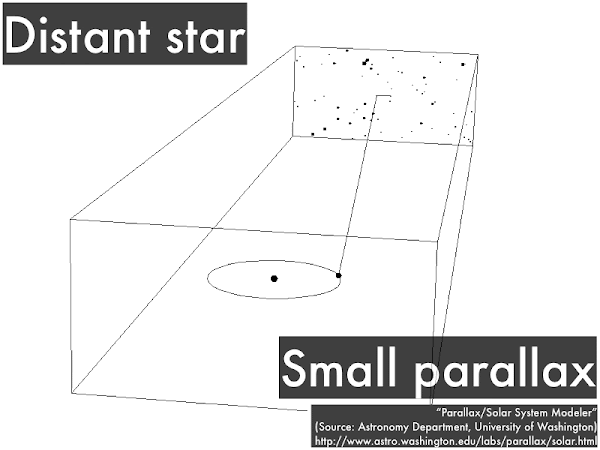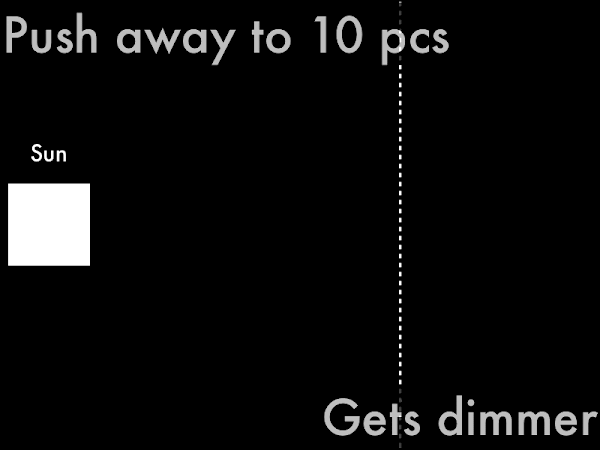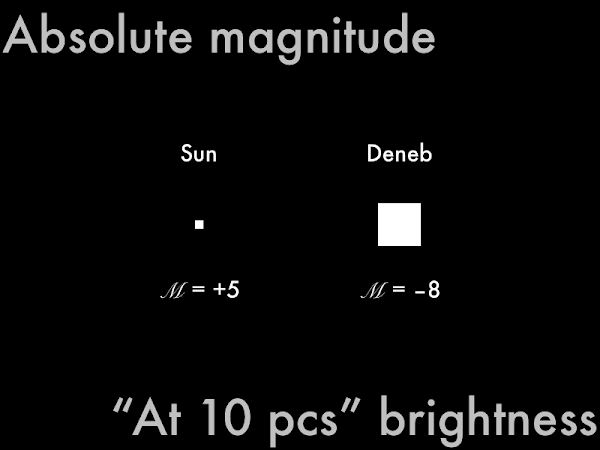Cuesta College, San Luis Obispo, CA
Students have a weekly online reading assignment (hosted by SurveyMonkey.com), where they answer questions based on reading their textbook, material covered in previous lectures, opinion questions, and/or asking (anonymous) questions or making (anonymous) comments. Full credit is given for completing the online reading assignment before next week's lecture, regardless if whether their answers are correct/incorrect. Selected results/questions/comments are addressed by the instructor at the start of the following lecture.
The following questions were asked on reading textbook chapters and previewing presentations on fusion, nebulae, and star cluster ages.

Selected/edited responses are given below.
Describe something you found interesting from the assigned textbook reading or presentation preview, and explain why this was personally interesting for you.
"Reflection nebula--I like the way the red light wiggles through the dust cloud and the blue light scatters."
"Star life cycles--they say a million years is a short life, yet seems like a really long time for us."
"The house party model. Probably the most interesting real world example I've been given."
"Star clusters and nebulas because the pictures are really cool."
"We can measure and say all these things about stars without ever physically viewing and directly measuring them."
"That there are only three real colors in the background of space means there is a lot of fake pics."
"I found it interesting that you were able to compare fusion with cheerleaders--well played, P-dog."
Describe something you found confusing from the assigned textbook reading or presentation preview, and explain why this was personally confusing for you.
"Astronomy is confusing."
"I understand the material, it's just I don't feel like the information we've read on the evolution of stars is enough proof to to sell me these 'processes' on how to label the ages of stars and galaxies. I feel like its just a bunch of guessing. But, hey, I get that this is only an introduction to astronomy, and frankly I'm too lazy to do the math to back up these theories--so I'll just shut up and roll with it."
"I found tha H-R diagram to be confusing. I get confused when trying to read it and how to read the O B A F G K M letters at the top."
"Confused on fusion rates compared to different stars?"
Rank the luminosities of these main-sequence stars (1 = brightest, 3 = dimmest). (There are no ties.)
(Only correct responses shown.)
Massive: brightest luminosity [100%]
Medium-mass (sunlike): medium luminosity [100%]
Low mass (red dwarf): dimmest luminosity [100%]
Rank the fusion rates of these main-sequence stars (1 = fastest, 3 = slowest). (There are no ties.)
(Only correct responses shown.)
Massive: fastest fusion rate [66%]
Medium-mass (sunlike): medium fusion rate [93%]
Low mass (red dwarf): slowest fusion rate [69%]
Fusion requires high temperatures in order for nuclei to move quickly enough to:
break heavy elements apart. *** [3] create convection currents. **** [4] overcome gravity. ***** [5] overcome repulsion. ********** [10] (Unsure/guessing/lost/help!) ******* [7]
Briefly explain why "cold fusion" (producing energy from hydrogen fusion at room temperature) would be implausible.
"The protons do not warm up enough to move fast enough to be able to "bump" in to each other."
"Because heat is needed to get atoms moving fast enough to smash into each and create energy."
"It would be implausible because for fusion to occur the temperature would need to be high as well as the pressure needing to be high."
Match the three different types of nebulae with their colors.
(Only correct responses shown.)
Emission: pink [93%]
Reflection: blue [93%]
Dark: brown/black [93%]
Match the three different types of nebulae with their composition.
(Only correct responses shown.)
Emission: hydrogen [76%]
Reflection: small dust particles [83%]
Dark: large dust particles [66%]
Rank the lifetimes of these main-sequence stars (1 = shortest, 3 = longest). (There are no ties.)
(Only correct responses shown.)
Massive: shortest main-sequence lifetime [69%]
Medium-mass (sunlike): medium main-sequence lifetime [83%]
Low mass (red dwarf): longest main-sequence lifetime [69%]
If there was an open invitation to a house party (no specific time given), when would you show up?
Early, or on time. ****** [6] When the most people should be there. ********************* [21] After most everyone has left. ** [2]
Ask the instructor an anonymous question, or make a comment. Selected questions/comments may be discussed in class.
"Is the second midterm cumulative of the semester so far, or just the material after the first midterm?" (Just the material after the first midterm, so Quizzes 4-6 only.)
"What are you going to do for spring break?" ("The mountains are calling, and I must go.")
"Is it bad that for once I actually don't have a comment?" (I would think that counts as a comment.)
"When do you show up to a house party? And you can bring Mrs. P-dog if she wants to come!" (We're always late, but worth the wait.)



















